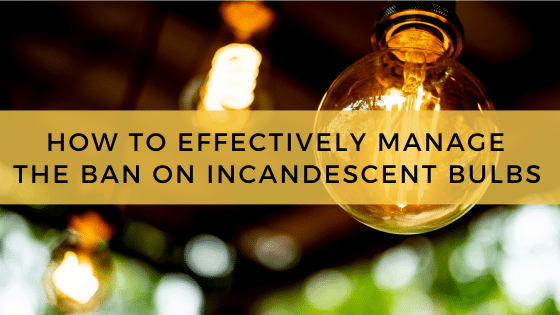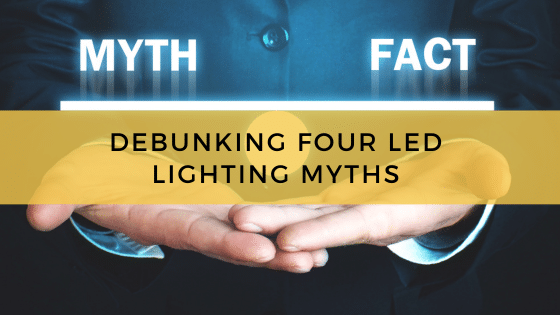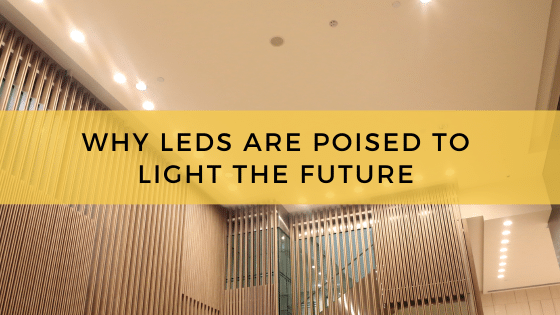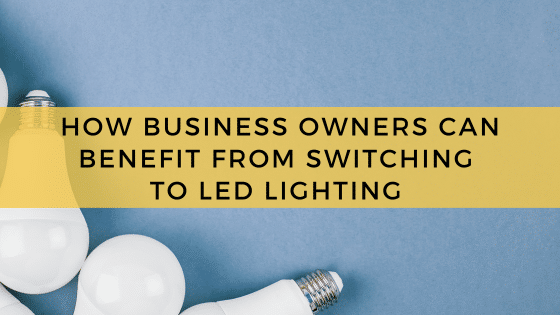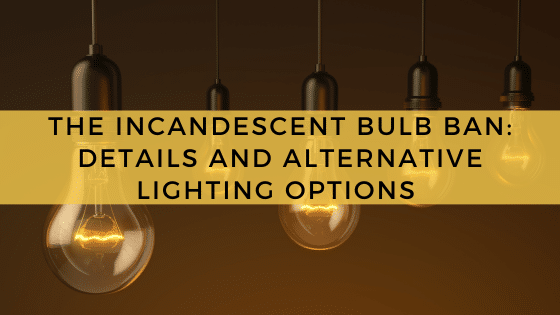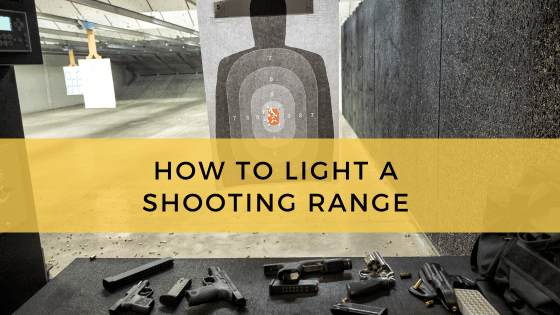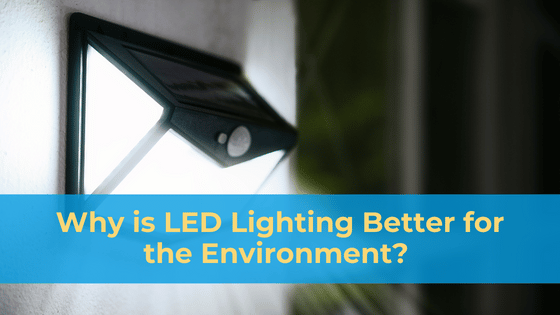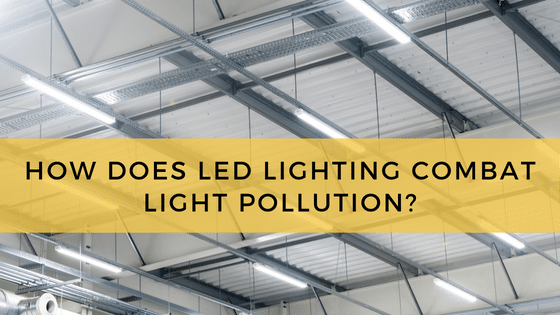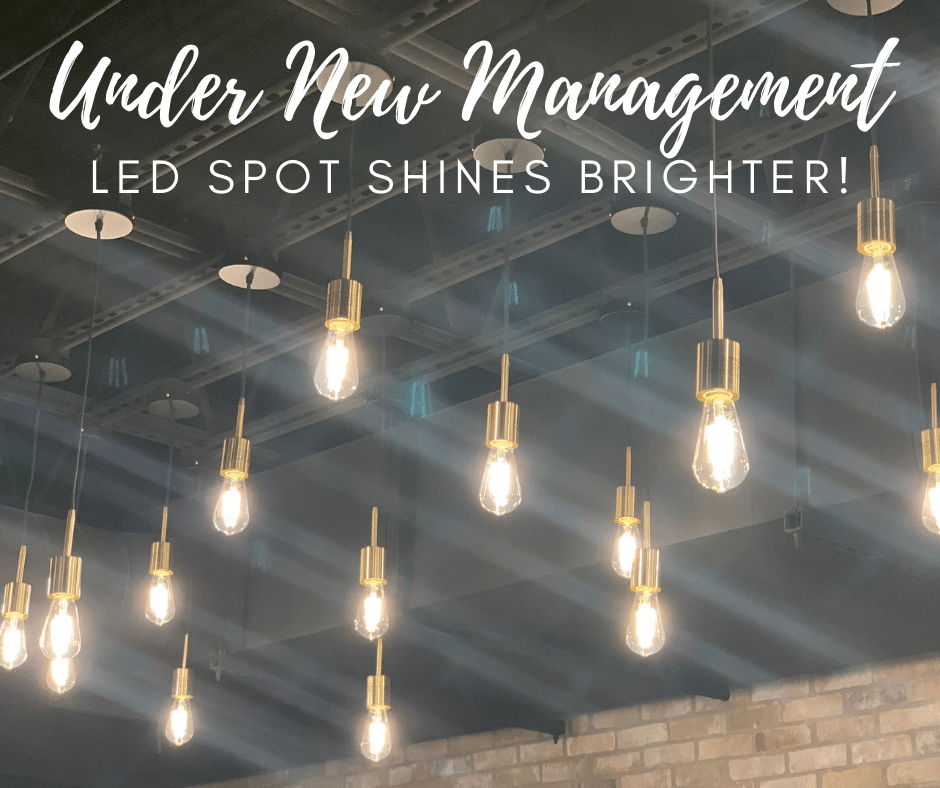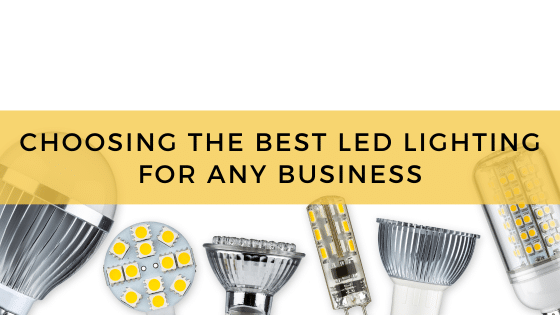
Over the centuries, the lighting industry has experienced major jumps in innovation. But compared to everything that has come before, the jump to LED lighting technology may be the most impressive yet. It is occurring at a blink-and-you’ll-miss-it pace, with businesses all over the world drawn to LEDs for their energy efficiency, reliability, performance, and controllability, among other reasons.
If your company is one of the thousands making its own switch to LED lighting, you may be overwhelmed by the sheer number of LED lights available on the market. This guide is for you, as it is designed to identify which LED lighting products would make the most sense for your facilities.
Commercial LED Lights are Available in any Fixture Design
LED lighting was introduced almost 60 years ago, but it had plenty of engineering hurdles to overcome before it was ready for mainstream use – much less ready for demanding commercial applications.
One of the biggest hurdles to get over was fixture design. Incandescent, fluorescent and other lighting technologies had a huge head start in this area, but LEDs have caught up. There is now an LED for just about every fixture, including large-scale fixtures built for the biggest stages.
This wave of new LED fixtures is timely, as older lighting options are being phased out for energy efficiency concerns. Incandescent bulbs are now banned from manufacturing and sales. Some fluorescent tubes are also off the table, and efficiency standards in 2024 will wipe CFLs from the market as well.
For businesses, switching to LEDs is also about regulatory compliance. Fortunately, no matter what light fixtures your facilities rely on, there is an LED that will work for your application.
Which LED Fixture is the Right Choice for Your Business? Here Are Six Options
Commercial spaces are defined by their size, their shape, their purpose, their target customer and much more. As such, LED lights are engineered to cover every commercial environment. Depending on your application, the following LED fixtures may offer the perfect fit:
- LED high and low bays – High and low bays are designed for large commercial spaces, like department and grocery stores. They are also a good fit for warehouses and are available in a handful of designs – including linear and UFO (circular) designs. High bays are for higher ceilings and low bays are for lower ceilings, like those found in warehouses and auto repair shops. LED bays are also available in a range of lumen outputs, so business owners can secure the perfect mix of energy efficiency and lighting quality.
- LED troffers and panels – Troffers and panel fixtures are common in office buildings and other facilities with drop ceilings. Panels offer edge-to-edge illumination while troffers are slightly recessed into the ceiling, which confines the light to a tighter space. Fluorescent lights are traditionally used with troffer and panel lights, but LED alternatives are also available now.
- LED tubes – LED tubes are purpose-built to replace fluorescent tubes in offices, workshops and small buildings like post offices. LED tubes are designed to be compatible with existing tube fixtures, so they are sized similarly to fluorescent T8s and T4s. In fact, fluorescent and LED tubes look exactly the same at a glance, but LED tubes are more efficient, safer, and longer lasting.
- LED strips – LED strips are used to create indirect illumination – that is lighting that comes from an unseen source. Indirect illumination is an aesthetically pleasing effect in boutique retail shops (think high-end clothing), hotels, museums, restaurants and more.
- LED streetlights – LED streetlights are quickly replacing older street lighting technologies like metal halides and high-pressure sodium. LED streetlights are available in several light distribution patterns, so they can be installed in most locations without causing excessive light pollution or glare. Commercial parking lots, interstates, neighborhood streets, parks – LED streetlights are a fit for all of the above. LED fixtures are also available in shoebox and cobra head designs, so they are compatible with most existing street lighting systems.
- LED sportslighters – LED sportslighters are high-output fixtures designed for illuminating sports arenas, stadiums, concert halls, and other huge venues. Each sportslighter can throw tens of thousands of lumens, offering superior brightness and visibility. High-CRI LED sportslighters are appropriate for fast-moving sports where color visibility is paramount, like baseball and football.
- LED track fixtures – LED track fixtures give businesses a targetability advantage, as they may be aimed in any direction and illuminate one or more subjects. They are an ideal fit in upscale retail shops like clothing stores and art galleries, though you will also find them in museums. LEDs work well with track fixtures as LED lighting itself is directional and can be focused on a beam pattern with relative ease.
- LED canopy lights – Canopy lights are installed under exterior overhangs, like gas stations, transit centers and underpasses. LEDs have been adapted to fit most existing canopy fixtures, including recessed and surface mount fixtures. LED bulbs are also compatible with low bay canopies.
This isn’t a full list of every commercial LED lighting option out there. There are also a number of specialty fixtures, designed for particular industrial or commercial applications. A reputable lighting expert can supply additional options and help match the right light to your application.
Color Temperature and CRI – Choosing the Best Look for Your Business
Color temperature and color rendering are two additional, and important, attributes to consider in your commercial lighting. Each plays a significant role in how the lighting system looks and performs. Here is how:
- Color temperature – Color temperature refers to the light’s color tone, from warm to cool, and neutral in-between. Color temperatures are selected for atmosphere creating and item displaying purposes. For example, warm LEDs are ideal for establishing a cozy, intimate setting that is better for restaurants, boutique shops and movie theaters. Cool color temperatures support better alertness and attention, so they are the right choice for office buildings.
- Color rendering – Color rendering refers to a light’s ability to accurately display colors. Every bulb is rated on the color rendering index (CRI), a 1-100 scale, and the higher the rating, the better the lamp is at showing color. CRI may or may not be important for your commercial application, but if it is, consider bulbs that provide at least an 80 on the CRI scale – though 90 is better. In general, if the lights are used to display products, CRI matters. CRI is also important where visibility may impact safety, like in warehouses and industrial centers.
Lighting Experts Can Help Business Owners Choose the Best LED Lighting for Any Application
LED bulbs offer an unbeatable combination of benefits, including unmatched energy savings, an expanded lifespan, excellent performance, compatibility with smart lighting controls and high-quality light that may improve productivity.
And now, you can add versatility to that list. LEDs are now engineered for nearly every commercial lighting application out there, so no matter what facilities your business operates out of, there is an LED fixture built for the job.
If you are unsure which LED fixtures would work best in your application, a trusted LED lighting expert can point the way. Please contact the experts at LED Spot with any questions.

